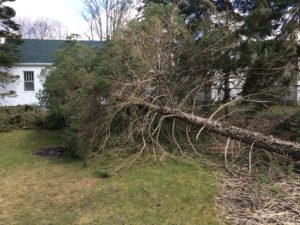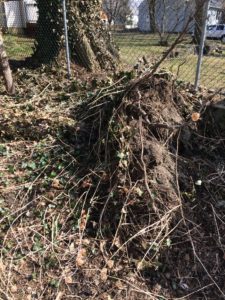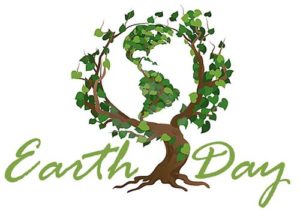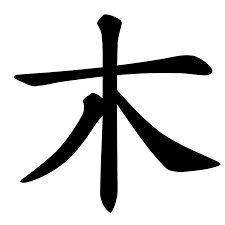This month, inspired by the strange weather of the past several weeks, as well as the hope for warmer weather, we will focus our attentions on the Spring and what it means for our wellbeing and happiness.
There is a rhythm to life. Despite snowy April days, it is certain that the natural warming of the Earth will occur soon enough. The basic rhythm of life is depicted in the yin-yang symbol. The symbol and the ideas behind it are applicable to so many aspects of life, everything really if you think deeply enough about it. The idea is that there are two complementary natural energies – yin, and yang – and they endlessly transform into one another, like day transforms into night, the turning of the seasons, etc.
Another fundamental concept of Chinese medicine is that of the “five elements”. Spring is the time of “Wood” element (the other elements are water, metal, fire, and earth). However, I think that “wood” is a poor translation. When I think of wood, I think of something dead already, something cut into lumber or burning in a fire. Tree more describes the living, expanding, powerful nature of this element. Above, we have shown the character for Tree/Wood in Chinese, pronounced “Mu”.
As Chinese characters are generally pictographic in nature, you can see how we have a number of key elements… the trunk, the roots, and the branches, shown in the character.
And trees are how this essay started. Those in the Southtowns may remember in the past 2 weeks we had intense windstorms. These storms knocked down 2 trees in our yard. Here is an image of our fallen friend… You can see how tall the tree is!

Using the yin-yang idea here, the yang energy of the tree is very built up, because it is tall. However, a tree is more than just trunk and branches… it is also the root, which is the deep, yin aspect of the tree. Here is a picture of that.

As you can see, the root system is totally underdeveloped, and so while it had a great deal of yang expansive upward energy, it did not have the deep yin to ground it properly, and down it came.
And so it goes with our own wellness. We must strive to maintain a relative balance of yin and yang energy in our own life. The yang energy of our own life isn’t how tall we are (like the tree), but what we do in our lives, our activities or output. We of course need an active life, but if we do not have the adequate time of rest, recovery, and nurturing yin energy, then we will be susceptible to the inevitable environmental stressors of our own life, like the tree was to the external wind. For us, it might be work, stress, family, chronic illness, etc.
To counterbalance this we must cultivate yin within our own life. Yin is the quiet, deep, nurturing aspect of life. There are many examples and please find your own interpretation of this, but you could consider a practice of yoga, meditation, qi gong, tai chi, stretching, reading great books, walking slowly in nature, gardening, turning off the phone TV or Internet, eating wholesome food quietly, going to bed early, etc. These things don’t just happen, we have to make a conscious effort to cultivate and value them in our life.
Spring is a yang time. The earth is warming, the days are lengthening. It is a naturally a time to stretch out like the tree and grow like the plants around us. It is a wonderful time to try new activities, clean the house out and discard things that don’t make us happy. This Spring, cultivate deep yin and try some new activities!
Coming Soon – Facial Acupuncture.
After many years, Sarah is taking the plunge and will be offering cosmetic facial acupuncture soon. Please let us know if you may be interested in this, and look for more information coming soon including pictures, pricing and packages.
Thank you for your support.


